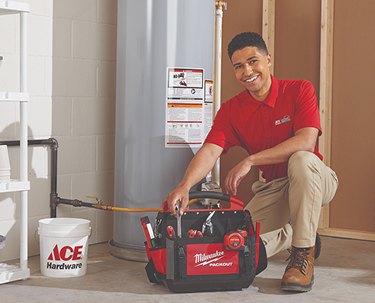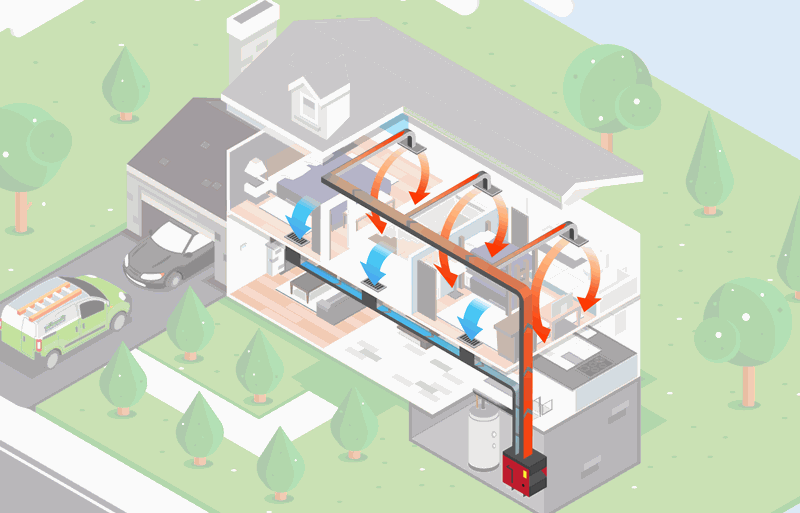
Your family relies on your furnace to stay warm and comfortable all winter long. A high-quality furnace can do that while also lowering your utility bills and energy costs. Due to their high efficiencies, versatility, and reasonable installation costs, furnaces remain one of the most popular choices in residential heating. They offer great flexibility to fit almost any home, acting as the core of your central air system.
Compare a furnace to the other types of home heating systems in our HVAC U article “Selecting a Home Heating System”.
Compare a furnace system to the other types of home heating systems in our HVAC U article “Selecting a Home Heating System”.
HOW IT WORKS
A furnace can use propane, natural gas, heating oil or electricity to internally heat the air before it enters your living areas. Typically, they are placed in the basement, attic, crawl spaces or closet within a home and are connected to a ductwork distribution system. Below, we take a deeper dive into the different types of furnaces: gas, oil and electric.
TYPES OF FURNACES
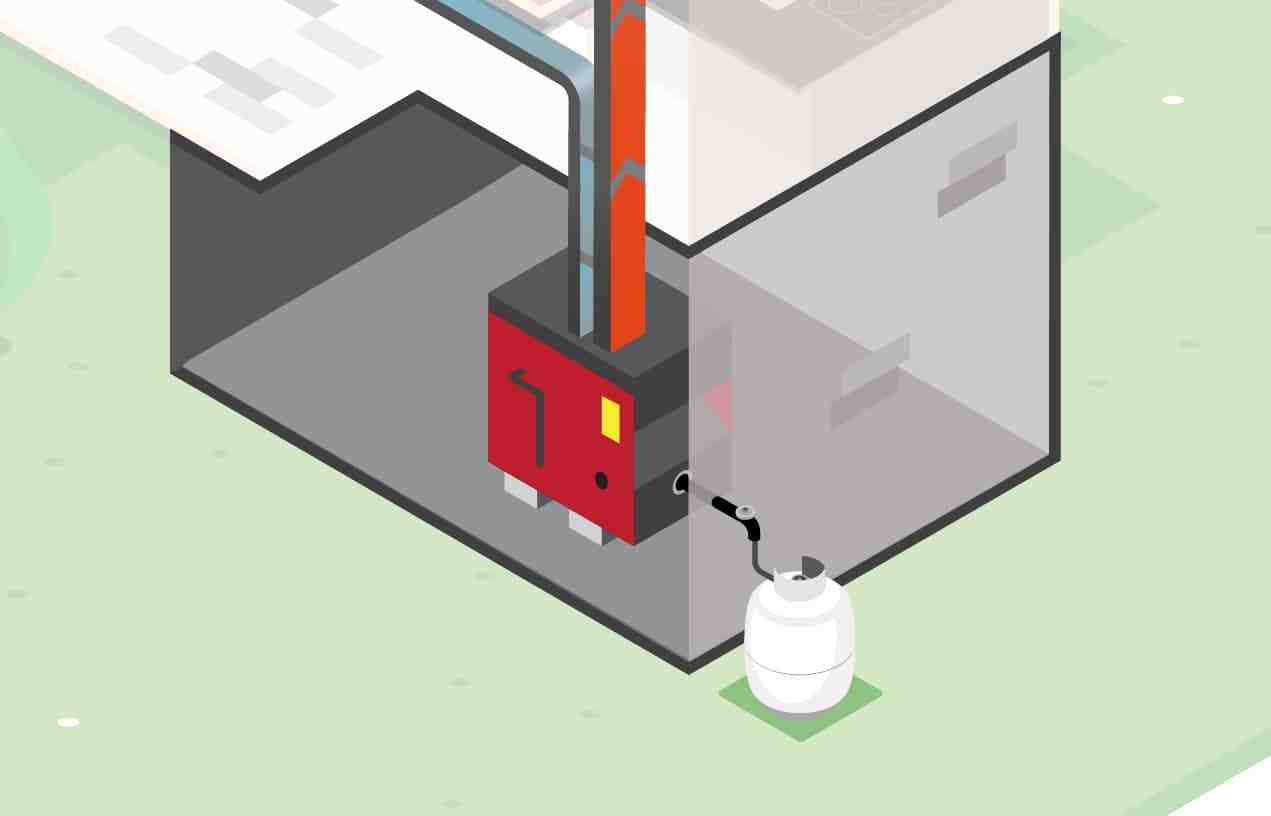
GAS FURNACES
Gas furnaces are by far the most common choice of homeowners. In a gas furnace system, the heating begins with natural gas or propane ignited by the burner within the unit. Cool air is drawn through the returns from the distribution system and into the unit, passing over a heat exchanger that is warmed by the burner. The furnace’s blower forces the air through the ductwork to distribute the warm air through the home, and then repeats the process as the cooler air is pulled back through the return ducts.
Propane and heating oil are most often stored on-site, either inside or outside of the home in a liquified state. Natural gas is delivered from a supplier at a remote location and brought into the home through a series of underground piping.
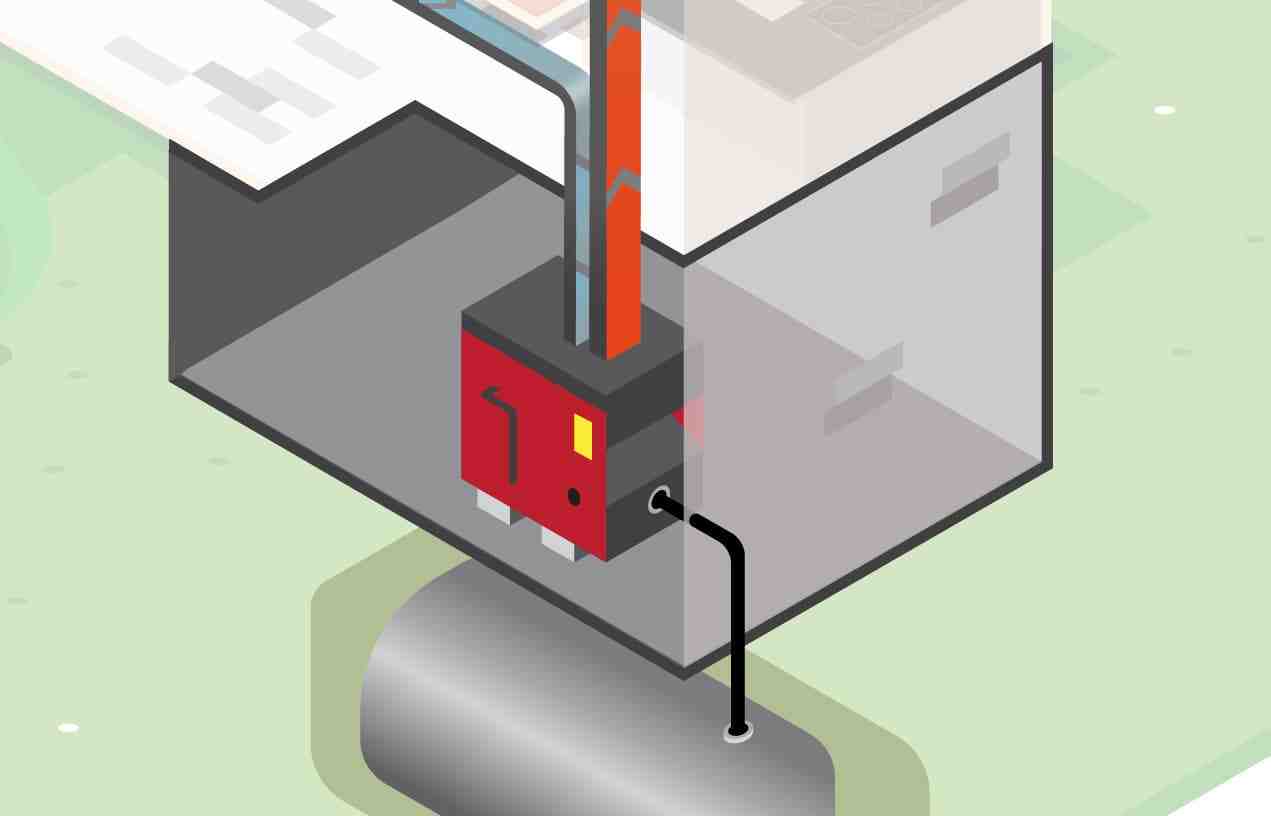
OIL FURNACES
An oil furnace works by using a fuel pump to pull oil from a reserve tank, most often installed underneath your home. The oil is then drawn through a filter and into a burner chamber, where the oil is converted into a mist and then is sprayed onto the system’s burner. The cool air in your home is pulled into the system and warmed when passing over the chamber, which then moves through the ductwork to heat your home.
Due to higher costs for oil and the special burner required to regulate the flow of oil, this option has become less popular among homeowners. An oil furnace is equipped to handle a specific flame style, similar to a blow torch, making it more expensive and less efficient with operating efficiency at or below 85%. However, if gas is not readily available in your area, an oil furnace may be the best option for your home.
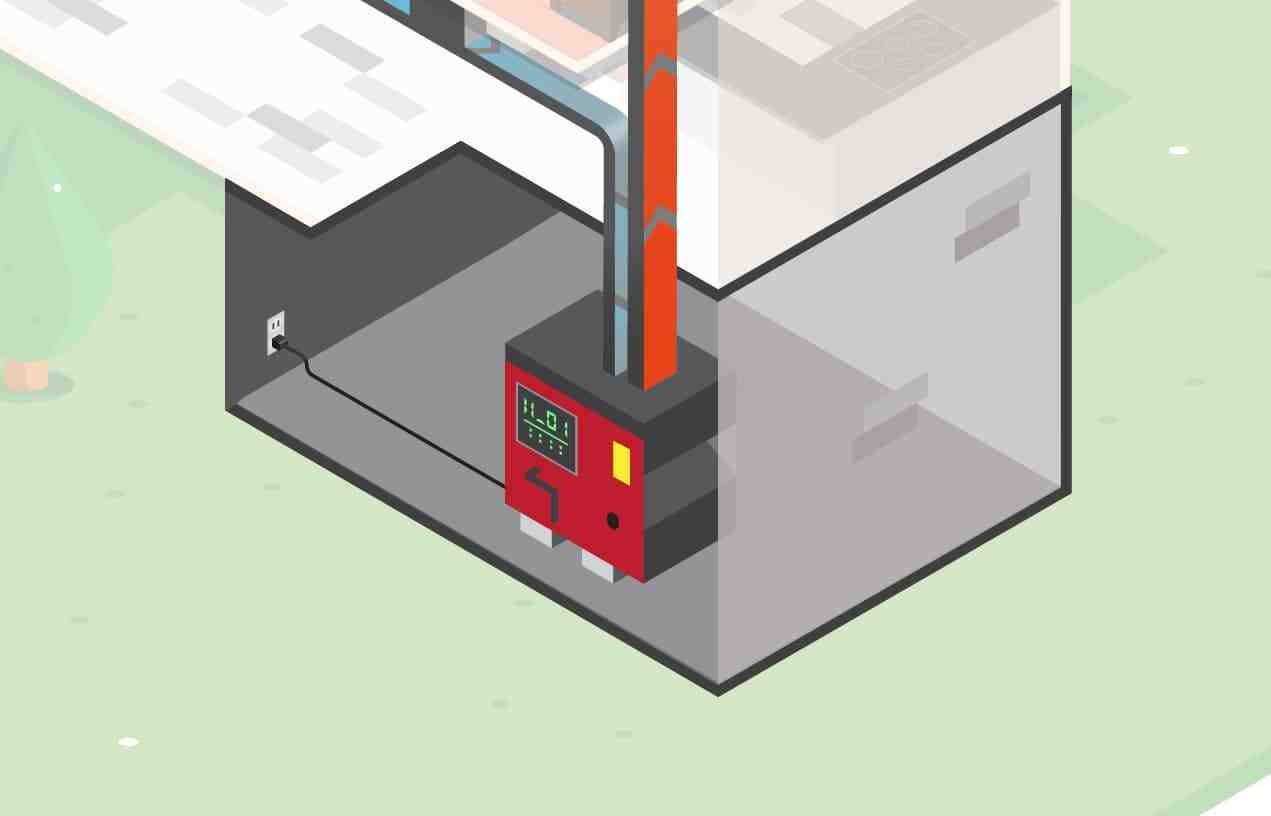
ELECTRIC FURNACES
Electric furnaces work similar to a gas furnace, but the air is heated by wire coils instead of gas burners. Working similarly to a hair dryer, the unit pulls in cool air which is then pushed over the heat exchanger. The heated air is then pushed through the ductwork of the home, heating up the house to the desired temperature.
In an electric furnace, the air is heated by wire coils. Since it loses no heat through a chimney or vent, it is 100% efficient. Although electric furnaces are extremely efficient, they may not be the best choice to heat larger homes. Electric furnaces are the least expensive to purchase and install, but electric heat is also expensive. While no energy is being wasted with electric heat, it will cost more than gas heat in the long run.
WHY CHOOSE A FURNACE AS YOUR HOME HEATING SOLUTION?
GREAT EFFICIENCY
While the initial investment of a furnace installation can be expensive, it’s possible to save up to 30% on utility costs once it’s up and running. In addition to better functionality, you’ll significantly reduce your future energy consumption and save even more on future furnace maintenance.
ENHANCED LEVEL OF OPERATION
There are Single-Stage, Two-Stage and Modulating Variable Speed furnaces which provide various speeds and heat outputs. While Single-Stage can only be turned on and off, Two-Stage offers an additional half-speed for more control over your home’s temperature. Modulating furnaces can adjust heating output down to each minute, only working as much as you need it to.
Furnaces also provide the best air quality since its fan can continually circulate air through your home even when the heat isn’t running.
BETTER LEVEL OF PERFORMANCE
Offering various speed motors and advanced gas valves, furnaces offer better airflow to provide quick and consistent heat from room to room. Newer infiltration systems remove dust, mold and other impurities as it heats your home, so your family can breathe healthier while also enjoying very little to no operating noise from your system.
LONGER LIFESPAN
With a built-in system that removes moisture from inside, and an economical on-and-off cycling system, furnaces are designed to self-protect against damaging elements. They’re also built to withstand any chemical build up overtime. Plus, furnaces are widely available, so if you do need a replacement part, they’re easy to find.
Experiencing an issue with your furnace? Check out our “Common Furnace Problems & How to Troubleshoot Those Problems” Blog.
CONSIDERATIONS FOR YOUR HOME
SIZE MATTERS
Some homeowners falsely believe the larger the furnace, the more it will heat their home. Oversized furnaces will cause spotty, uncomfortable heat and will expend extra energy warming up only to shut down before a full cycle is complete.
On the other hand, furnaces that are too small will be overworked trying to heat your home which can cause it to shut down completely. A trusted HVAC technician will be able to properly evaluate your home and recommend the best sized furnace for your situation.
KNOW YOUR DUCTWORK
A high-performing furnace can only function as well as the ductwork it uses. It’s a good idea to have an HVAC professional check your ductwork for any leaks or ruptures that allows heated air to escape into areas like attics or closets that don’t need to be heated. Damaged ductwork could be affecting the efficiency of your furnace, so before you assume you need a whole new system, be sure to check your ductwork first!
WANT TO LEARN MORE ABOUT FURNACE MAINTENANCE, REPAIR AND INSTALLATION?
Have questions, or interested in installing a furnace in your home? The experts at Unique Indoor Comfort would love to help!
FAQ’s
WHAT IS THE AVERAGE LIFESPAN OF A FURNACE?
A furnace will typically last between 15-20 years with proper maintenance. Many factors will determine this, however, like the type of furnace or how severe the weather has been.
WHEN IS THE BEST TIME TO REPLACE MY FURNACE?
Don’t wait until an emergency to replace your furnace. If you do, you’ll likely be rushed to restore the heat and not carefully weigh the best product or service options for your home. It’s also much more difficult to coordinate with an installer on short notice. With annual maintenance checks, you should be able to catch any red flags to help you decide when it’s time to consider a new furnace.
HOW MUCH DOES A FURNACE INSTALLATION COST?
Typically, a furnace installation will take about one day, utilizing a 2-person team. The labor fees make up about half of the overall installation price, while the furnace’s brand, upgraded features, location and HVAC contractor all play a role in the final number as well. The national range for a furnace installation is $2,500- $6,000 based on those factors.
The cost of the furnace itself will vary as well based on the various sizes and features available. On average, quality units will start around $3,000. Keep in mind these are just general estimates – contact us to schedule an appointment where we will assess your home and give you a better estimate for the cost of a furnace for your home.
WHAT SIZE FURNACE DO I NEED?
The furnace size your home will need largely depends on the square footage of the area it will be heating and the climate in which you live. The U.S. Department of Energy breaks down the country into 7 zones, each requiring a different number of BTUs (British Thermal Units; one BTU is the amount of energy required to heat or cool 1 pound of water by 1-degree Fahrenheit). There are a number of other important criteria to consider as well, such as the age and condition of your home, so contact us for a further analysis of the right furnace size for your needs.
WHAT TYPE OF FURNACE SERVICE MAINTENANCE IS REQUIRED?
Furnaces require regular maintenance to ensure efficiency and longevity, but there are a number of things you can do in between visits from your HVAC professional.
- Replace the filter every other month
- Keep grass, leaves and debris a few feet away from outdoor units
- Keep vent and registers in home unblocked
- Inspect flame burners to make sure they’re blue
Annual maintenance checks will help promote system efficiency and prevent the need for major repairs down the road. Learn more about our heating system maintenance service here!
WHAT ARE THE MOST COMMON FURNACE REPAIRS?
If you are performing regular preventative maintenance on your system, furnace repairs should typically be a quick fix like a new filter or cleaning up dirty ductwork. As the system ages, you may need to replace parts of your system such as the blower belt, heat exchanger, or blower bearings. It is also common to see thermostat issues that are unrelated to the furnace, but are affecting the heating system. You can read more about troubleshooting common furnace problems in our blog post, Common Furnace Problems & How to Troubleshoot Them.
HOW OFTEN SHOULD I HAVE MY FURNACE SERVICED?
Furnaces should be serviced at least once a year, but preferably done once in the spring and a second time for fall maintenance. It is important to find a company that you trust to work on your system routinely to keep it running smoothly.
